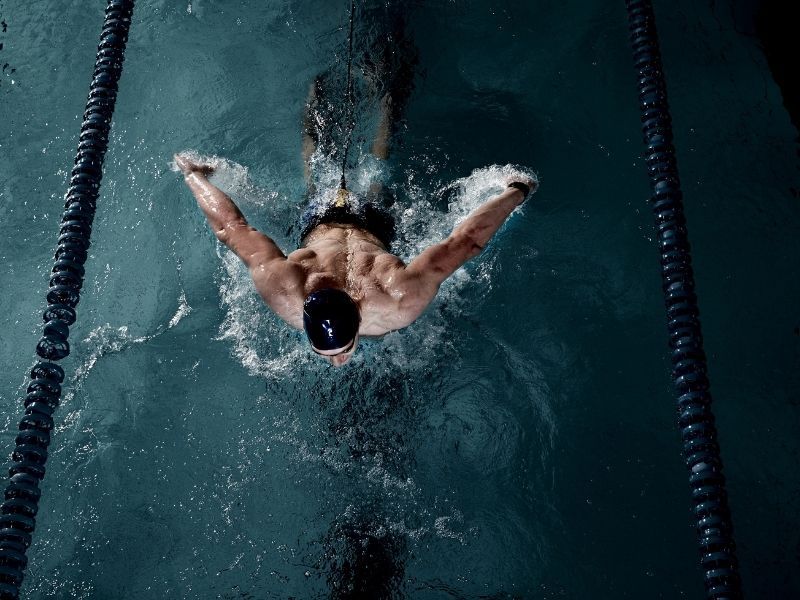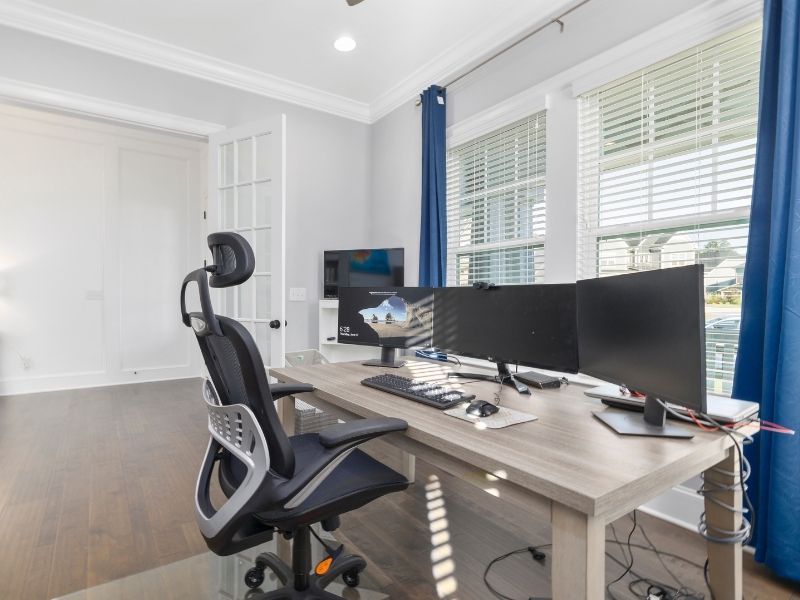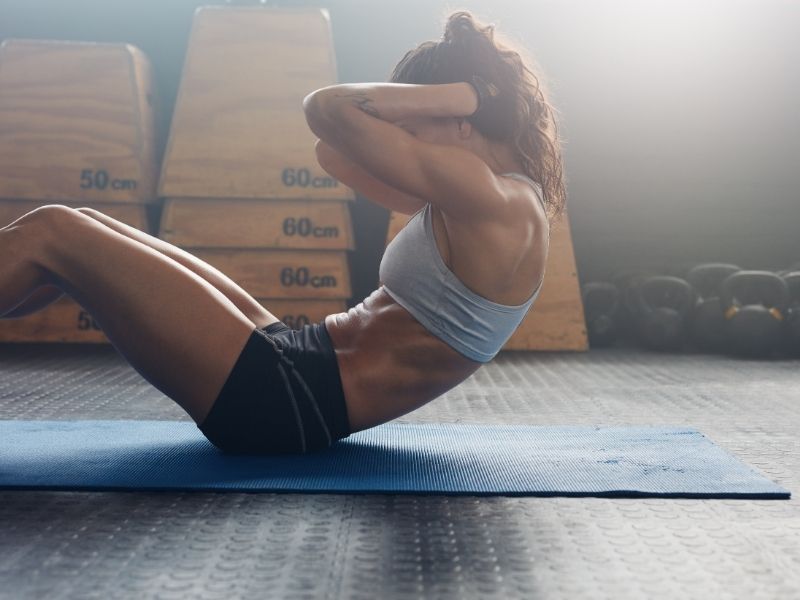Is Swimming Good For SI Joint Pain? – What You Should Know

If you’re experiencing si joint pain and wondering if swimming can be a good form of exercise for you, then read on.
Over the years in practice I have had many people report their si joint pain symptoms were soothed or at the very least not aggravated by pool-based activities.
Let’s take a look at how swimming can alleviate si joint pain and some of the key things you should know before starting.
Note: If you’re dealing with SI Joint issues and need a specific step-by-step protocol, be sure to check out my SI Joint Solution program.
Benefits Of Swimming Exercises To Help SI Joint Pain
Swimming is considered a low-impact form of exercise, and thus a good potential option for those dealing with sacroiliac joint pain. The buoyancy offered by the water environment helps to reduce the amount of stress placed on the joints.
The exercises performed in water are concentric-based. This means muscles are performing the lifting phase, and don’t have to perform the eccentric, which is the lowering or lengthening phase while under resistance.
Since swimming offers a low resistance environment, it can often allow for higher amounts of exercise to be tolerated with less side effects.
Swimming also adds proprioceptive input, which improves the sense of awareness of where some bodyparts are relative to others. This can be particularly helpful to reduce overactivity of compensation muscles that tend to exacerbate structural imbalances.
What Worsens SI Joint Pain?
When considering is swimming good for si joint pain, it’s important to briefly cover what tends to make sacroiliac joint pain worse.
Generally speaking, any spinal or hip movement in extreme ranges may be provocative for si joint pain. Some people are more sensitive to spinal extension (which is sacral nutation), while others have sensitivity to spinal flexion (sacral counternutation).
When you combine one of the above movements with side bending and rotation, it may either compress or stretch structures that directly increase symptoms in the si joint region.
If unsure, exercises should always be performing in a neutral-spine position, and any others omitted until properly evaluated with SI joint tests by an appropriate health care professional in order to get recommendations.
Avoid Certain Swim Strokes
Based on the above, most swimming strokes can be performed if a neutral spinal position is assumed, but some may be more challenging than others to maintain form in.
The breaststroke is one example. This stroke requires a twisting motion in the hips and lower back which may aggravate some SI joint issues.
The backstroke requires a good amount of spinal rotation as well, and may not be well suited for the individual.
The butterfly stroke is another potential stressor for si joint pain. Its often associated with more powerful amount of hip motion, which may be a problem.
Sample Water Workouts
Conclusion
Swimming is generally considered a great form of low-impact exercise that can be excellent to relieve si joint pain and strengthen muscles. However, before starting any exercise program, it’s important to take the time to discover what your needs are, and which factors may exacerbate si joint dysfunction in your individual case, before jumping into the pool.
Related Articles
5 Special Tests To Uncover SI Joint Dysfunction
How To Know If Your SI Joints Are Causing Your Pain
Sacroiliac Joint Belts – Do They Work?
How To Sit With SI Joint Pain?
Best Mattresses For SI Joint Pain
Yoga For SI Joint Pain – Here Are The Best Poses
Sam Visnic
I’ve spent my life studying the fundamental aspects of human health with a focus on movement and clinical massage therapy. In a world of specialists, surgical procedures, drugs and quick fix remedies, I’m committed to finding and developing strategies that help people stuck at the “gap”. Over the last 20 years I’ve studied dozens of systems and methodologies for uncovering the root cause of aches and pains, along with postural and movement issues. Pain science, the art and science of hands-on soft tissue massage techniques, myofascial release, and coaching movement is essential in my practice. Integrating different methods but above all deciphering WHEN to use different techniques with different people and situations, along with integration of movements that people want to be able to do again is the key to long term success with my incredible track record with clients. Understanding the various elements that contribute to conditions and the power of communication and education makes my Release Muscle Therapy program separate from other hands-on therapy approaches.
Blogs You May Be Interested In
Categories
-
Deep Gluteal Pain Syndrome
-
Deltoids
-
Fallbrook
-
Foam Rolling
-
Glutes
-
Hamstrings
-
Hypnosis For Pain
-
Lats
-
Levator Scapulae
-
Lifestyle
-
Massage Therapy
-
Mobility
-
Movement and Exercise
-
Murrieta
-
Muscles
-
Nutrition
-
Obliques
-
Pain
-
Pectorals
-
Piriformis
-
Plantar Fasciitis
-
Product Review
-
Psoas
-
Quadratus Lumborum
-
Quadriceps
-
Rhomboids
-
Serratus Anterior
-
SI Joint
-
Sternocleidomastoid
-
Stretching
-
Subscapularis
-
Temecula
-
TMJ
-
Trapezius
-
Uncategorized
















